Stapleford - Part 5 - Lace Connections
w/e 23 November 2008
All this week's pictures were taken
with a Kodak DX6490

This walk at Stapleford involves quite a bit of to-ing
and fro-ing, retracing our steps over previously covered ground.
This fifth part is no exception but it also includes two extremes
- the easternmost point and the highest point of the walk. Much
of this part also has some connection with the lace-making trade
that was prominent in the area in the nineteenth century.
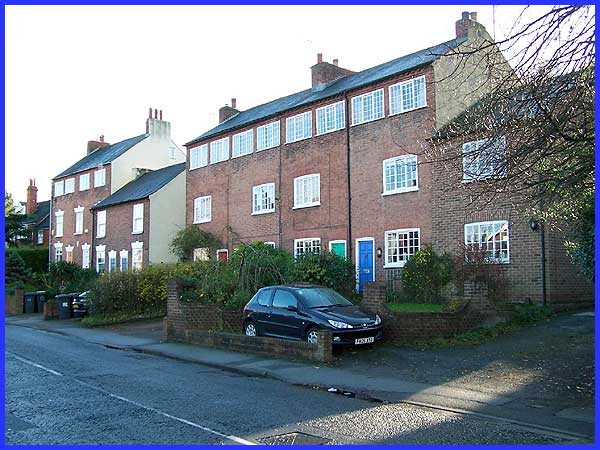
The furthest point east is marked by these cottages that were
originally built in the eighteenth century on Nottingham Road
for framework knitters and their stocking machines. The Nottingham
area of which Stapleford is a part, later built up a fine reputation
in the lace trade and many people worked at home manufacturing
lace in cottages like these.

The machines that the stocking workers and lace makers used were
installed on the top floor of the cottages in large windowed
workrooms to maximise the daylight in those pre-electric light
days.
|
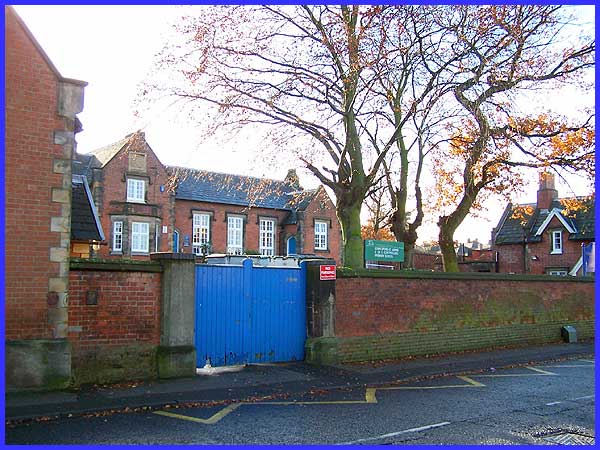
As we make our way back towards the town centre, we pass the
St John's Church of England Primary School which would also have
had a connection with the lace trade. The children of the lace
workers would have been educated here as it was built in 1837.
Now shielded by a high brick wall, the school which cost £3,200
benefited from an endowment by Lady Caroline Warren in memory
of her late husband, Admiral Sir John Borlase Warren. It is the
oldest school building still currently in use in the county of
Nottinghamshire.
|

I have already mentioned how much of this walk involves going
back and forth along the same roads and we have now reached a
point on Nottingham Road (opposite the Wesley Place Chapel we
saw in the previous part) where we must embark on another octopus-like
tentacle by climbing Cemetery Road to the highest point on the
walk.

The land for the cemetery was donated to the people of Stapleford
of all denominations in 1880 by a respected lace manufacturer
Joseph Fearfield. His gift is commemorated in the stonework above
an archway between two mortuary chapels.
|
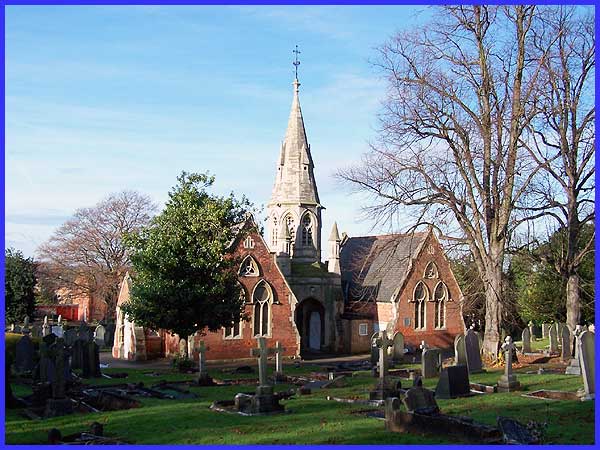
Joseph Fairfield also paid for the construction of the chapels
and no doubt many of his lace workers found their last resting
place in the consecrated ground at the top of the hill.
|
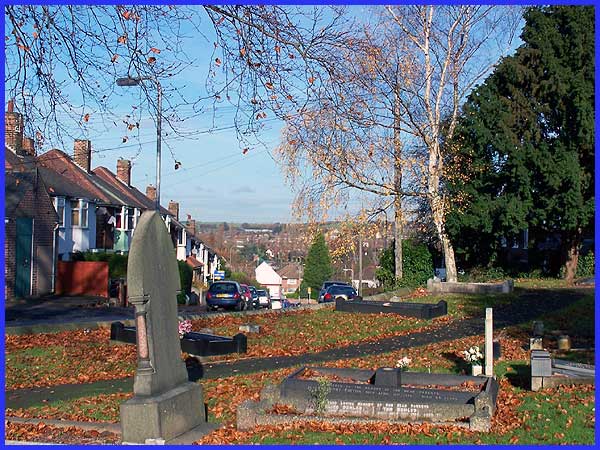
 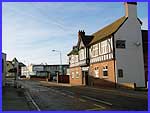 Once again our route now means
we must retrace our steps down Cemetery Road but the high point
does give us an impression of how much Stapleford has grown over
the years. On regaining Nottingham Road a left turn takes us
past the Nag's Head and Plough pub (right) and despite its black
and white cladding the building is not as old as it would appear
as it replaced an earlier Nag's Head on the same site which can
be seen here and here on the Picture The Past site. Once again our route now means
we must retrace our steps down Cemetery Road but the high point
does give us an impression of how much Stapleford has grown over
the years. On regaining Nottingham Road a left turn takes us
past the Nag's Head and Plough pub (right) and despite its black
and white cladding the building is not as old as it would appear
as it replaced an earlier Nag's Head on the same site which can
be seen here and here on the Picture The Past site.
|
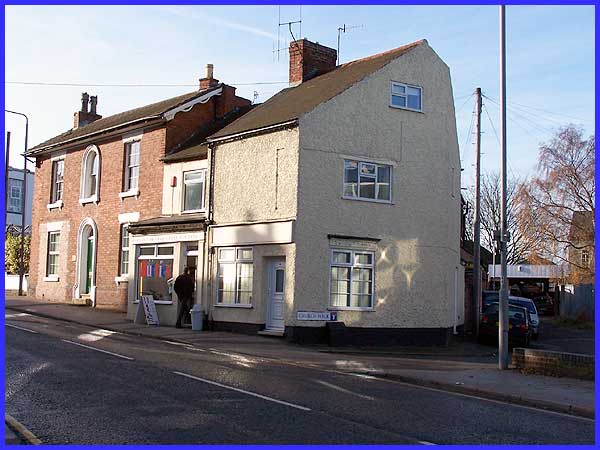
A little further along Nottingham Road and where we will conclude
this part is the junction with Church Walk, now little more than
a narrow footpath. The lace connection is a little tenuous here
but surely some of those nineteenth century workers would have
used the Parish Pump that stood here even though there were several
more pumps and wells in the village. Once again Picture The Past
can be relied upon to provide an image of the Parish Pump in situ.
|

